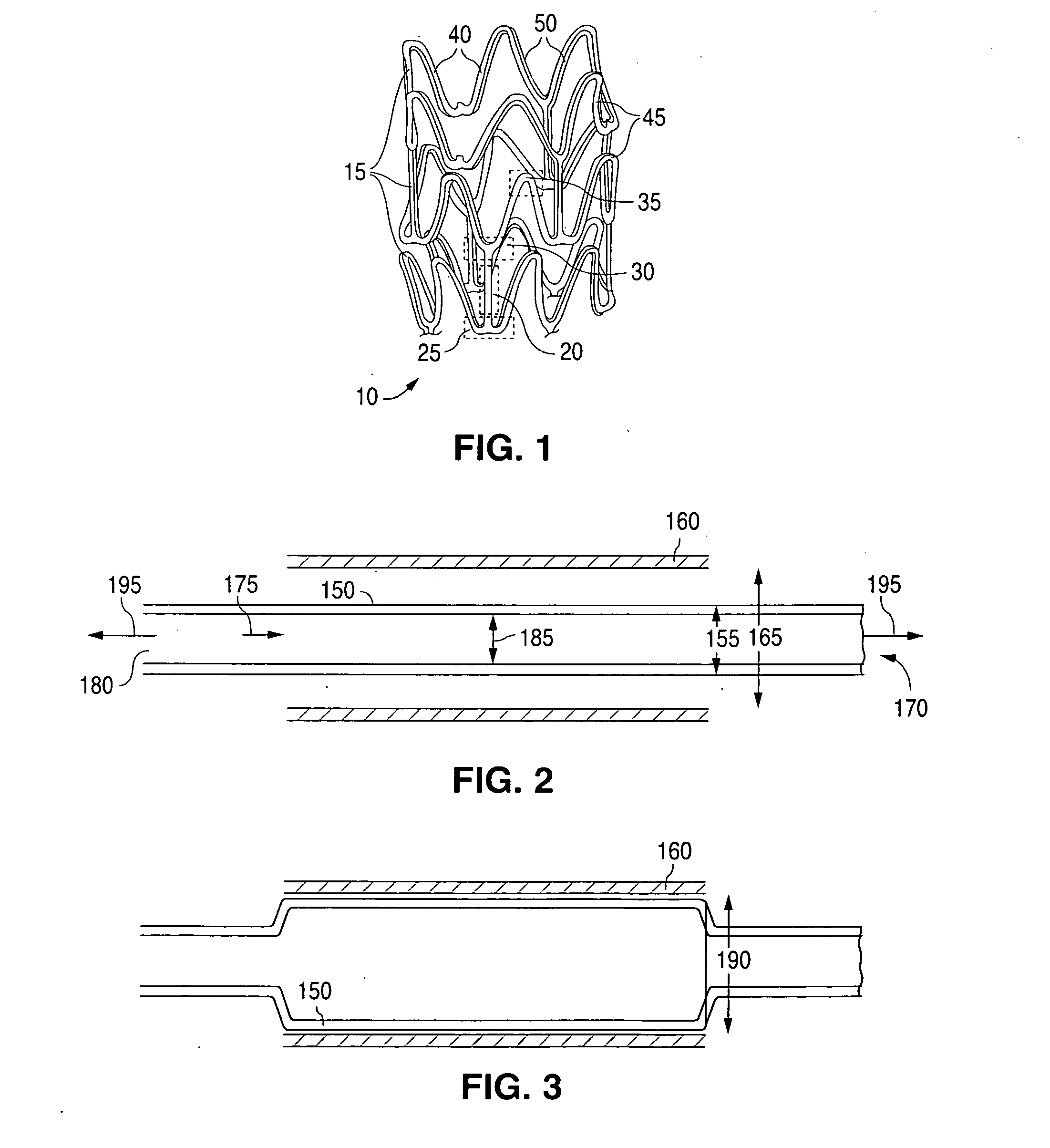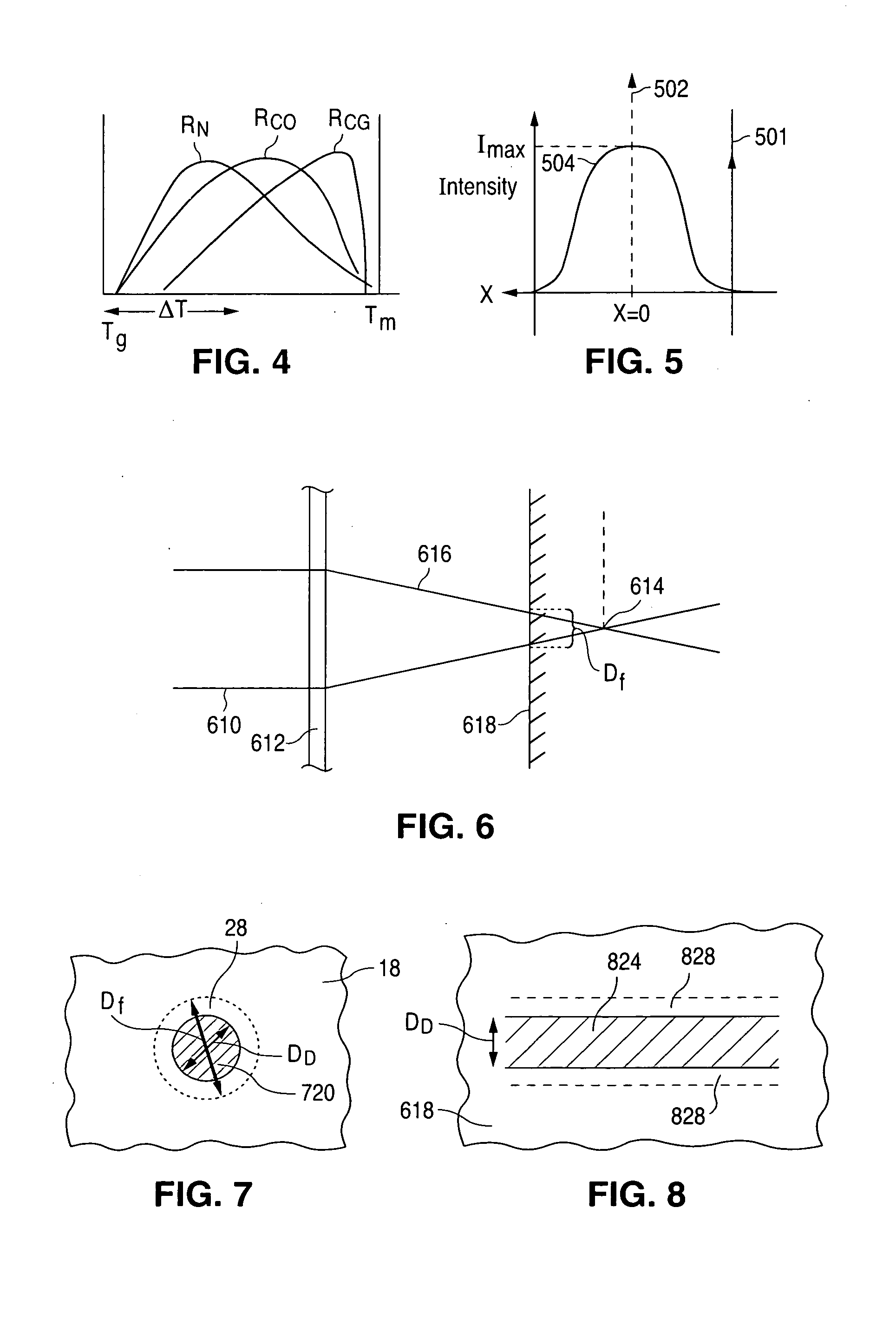Manufacturing process for polymeric stents
a manufacturing process and polymer technology, applied in the field of manufacturing polymeric stents, can solve the problems of difficult treatment, adverse or even toxic side effects, and the stenosis remains a significant problem, and achieves the effect of improving the quality of life and reducing the risk of infection
- Summary
- Abstract
- Description
- Claims
- Application Information
AI Technical Summary
Benefits of technology
Problems solved by technology
Method used
Image
Examples
examples
[0137]Some embodiments of the present invention are illustrated by the following prophetic Examples. The Examples are being given by way of illustration only and not by way of limitation. The parameters and data are not be construed to unduly limit the scope of the embodiments of the invention.
[0138]Embodiments of a stent can be fabricated from poly(L-lactide) (PLLA).
[0139]Tube Manufacturing
[0140]A polymeric tube can be fabricated using a 1 in single screw extruder. The temperature of the polymer melt within the extruder can be between 370° F. and 470° F., 390° F. and 450° F., or more narrowly, between 310° F. and 430° F. The residence time in extruder can be less than 15 minutes, less than 10 minutes, or more narrowly, less than 5 minutes. The tube exiting the die can be cooled or quenched in a water bath. The length of the quench or cooling distance can be less than 2 inches, less than 1 inch, or more narrowly less than ¾ inch. The pull rate of the tube from the die can be less th...
PUM
| Property | Measurement | Unit |
|---|---|---|
| Tg | aaaaa | aaaaa |
| temperature | aaaaa | aaaaa |
| temperature | aaaaa | aaaaa |
Abstract
Description
Claims
Application Information
 Login to View More
Login to View More - R&D
- Intellectual Property
- Life Sciences
- Materials
- Tech Scout
- Unparalleled Data Quality
- Higher Quality Content
- 60% Fewer Hallucinations
Browse by: Latest US Patents, China's latest patents, Technical Efficacy Thesaurus, Application Domain, Technology Topic, Popular Technical Reports.
© 2025 PatSnap. All rights reserved.Legal|Privacy policy|Modern Slavery Act Transparency Statement|Sitemap|About US| Contact US: help@patsnap.com



